ORAC stands for ‘oxygen radical absorbance capacity.’ It is a unit of measure to determine the antioxidant capacity of a particular food. The higher the ORAC unit value, the more antioxidants a food will have.
Antioxidants neutralize free radicals and therefore play a role in overall long-term health. Of course, you may think: why should I care about my long-term health when SHTF? No, you probably shouldn’t. But, if you are like me, you’re probably rotating your food stockpile. So when your cans are about to expire… instead of throwing them away you can eat a healthy balanced meal.
The following is a categorized list of ORAC rich foods that are also ideal for stockpiling. Therefore, some ORAC rich foods may not be listed if they are not easily stockpiled or cannot be stored in a non-frozen manner for at least one year. Additionally, some listed foods may need to be processed in some way before stockpiling, such as dehydrating and vacuum sealing.
ORAC Food Type: Legumes, Nuts and Seeds
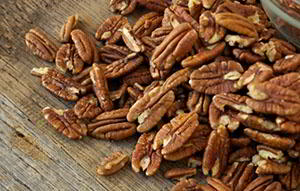 Pecan Nuts
Pecan Nuts
ORAC Value per 100 grams: 17,940 Units
Shelf life: 1-2 years if they are kept in the freezer. Left in their shell and stored in a cool, dry place, pecans will stay fresh for 6 to 12 months and will maintain their taste.
 Kidney beans
Kidney beans
ORAC Value per 100 grams: 8,459 Units
Shelf life: 2-5 years if kept in original canned packaging, but 8-10 years if stored in dried form in hermetically sealed, oxygen free packaging.
Related: 50 Days of ‘Survival’ Calories with Rice and Beans
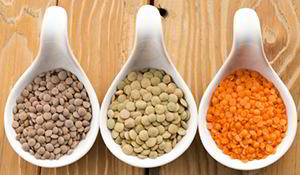
- Lentils
ORAC Value per 100 grams: 7,282 Units
Shelf life: 2-5 years if kept in original canned packaging, but 8-10 years if stored in dried form in hermetically sealed, oxygen free packaging.
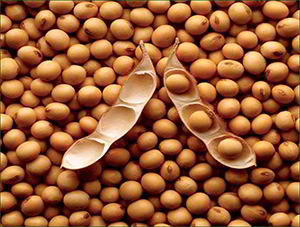 Soy beans
Soy beans
ORAC Value per 100 grams: 5,764 Units
Shelf life: 1-2 years if dried and kept in an airtight container. However, shelf life can be prolonged by several years if the soy beans are in dried form and in hermetically sealed, oxygen free packaging.
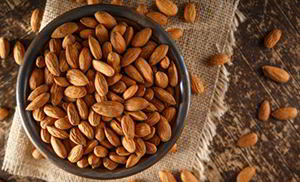 Almonds
Almonds
ORAC Value per 100 grams: 4,454 Units
Shelf life: 1-2 years if kept in original sealed can or bottle. You can use almonds to make 2400 calorie emergency ration bars designed to feed you for a full day.
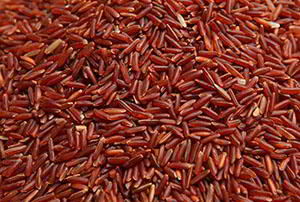 Red Rice, Uncooked
Red Rice, Uncooked
ORAC Value per 100 grams: Units 3,598
Shelf life: 12-18 months if stored in the refrigerator and up to a year in the pantry.
 ORAC Food Type: Vegetables
ORAC Food Type: Vegetables
- Artichokes
ORAC Value per 100 grams: 9,416 Units
Shelf life: 2-5 years if kept in original canned packaging.
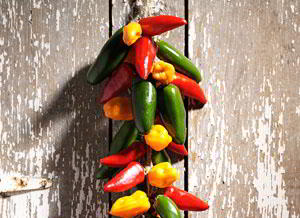 Jalapeno Peppers, Dried
Jalapeno Peppers, Dried
ORAC Value per 100 grams: 8,250
Shelf life: 1-2 years if kept in sealed packaging.
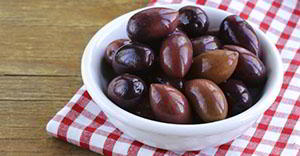 Kalamata Olives
Kalamata Olives
ORAC Value per 100 grams: 8,250
Shelf life: 1-2 years if kept in original canned packaging.
 Raw Garlic
Raw Garlic
ORAC Value per 100 grams: 5,708
Shelf life: 1 year if the bulbs are kept in a cool dry place.
Related: How To Prepare Medicinal Pickled Garlic
ORAC Food Type: Spices
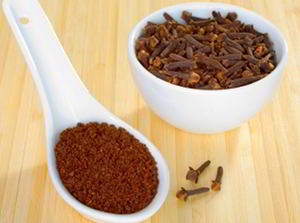 Ground cloves
Ground cloves
ORAC Value per 100 grams: 314,446 Units
Shelf life: 3+ years. Commercially purchased dried and ground cloves will not spoil if kept in an airtight container, but potency is lost over time.
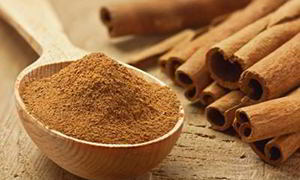 Ground cinnamon
Ground cinnamon
ORAC Value per 100 grams: 267,536 Units
Shelf life: 3+ years. Commercially purchased ground cinnamon will not spoil if kept in an airtight container, but potency is lost over time.
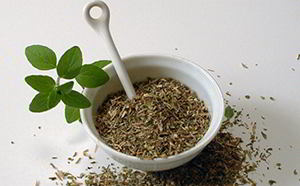 Dried oregano
Dried oregano
ORAC Value per 100 grams: 200,129 Units
Shelf life: 3+ years. Commercially purchased dried oregano will not spoil if kept in an airtight container, but potency is lost over time.
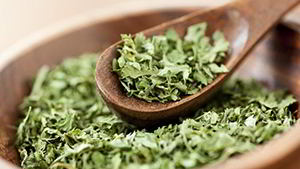 Dried parsley
Dried parsley
ORAC Value per 100 grams: 74,349 Units
Shelf life: 1-3 years if kept in an airtight container, although potency is lost over time, but you can grow it indoors.
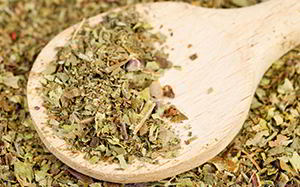 Dried basil
Dried basil
ORAC Value per 100 grams: 67,553 Units
Shelf life: 1-3 years if kept in an airtight container, although potency is lost over time.
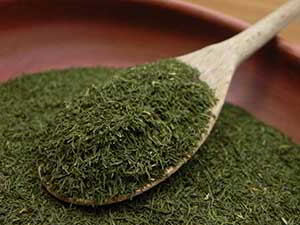 Dill weed
Dill weed
ORAC Value per 100 grams: 4,392 Units
Shelf life: 1-3 years. Commercially purchased dill weed will not spoil if kept in an airtight container, but potency is lost over time.
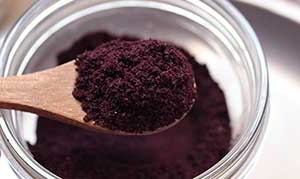 ORAC Food Type: Fruits and Berries
ORAC Food Type: Fruits and Berries
- Freeze dried acai berry
ORAC Value per 100 grams: 102,700 Units
Shelf life: 2-3 years if kept in sealed packaging.
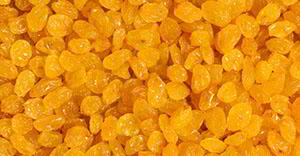 Golden Raisins
Golden Raisins
ORAC Value per 100 grams: 10,450 Units
Shelf life: 1-2 years if kept in sealed packaging.
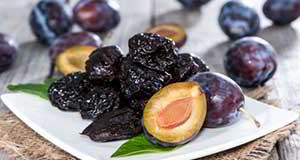 Prunes
Prunes
ORAC Value per 100 grams: 6,552 Units
Shelf life: 1-2 years if kept in sealed packaging.
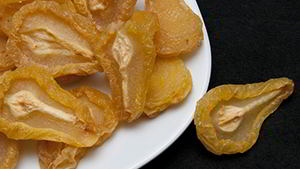 Dried pears
Dried pears
ORAC Value per 100 grams: 6,552 Units
Shelf life: 1-2 years if kept in sealed packaging.
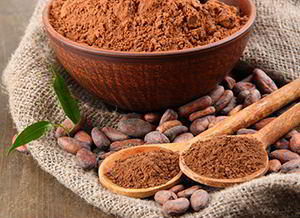 ORAC Food Type: Miscellaneous
ORAC Food Type: Miscellaneous
- Cocoa powder (unsweetened)
ORAC Value per 100 grams: 80,933 Units
Shelf life: Commercially purchased cocoa powder will last indefinitely if kept in its original, sealed packaging. Here are 19 more foods that will outlast you.
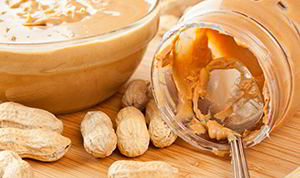 Peanut butter
Peanut butter
ORAC Value per 100 grams: 3,432 Units
Shelf life: 2+ years if commercially manufactured and sealed in an airtight container.
End Note
The above shelf lives are under pantry conditions, i.e. a somewhat cool, dark and dry place. If long-term frozen storage is available, the shelf lives would be greater for most of the listed items or not require some of them to be dried or hermetically sealed to maintain an equivalent shelf life.
You may also like:
 How To Make a Mini Root Cellar In Your Backyard In Less Than Two Hours
How To Make a Mini Root Cellar In Your Backyard In Less Than Two Hours
The Real Reason Why Walmart’s are Closing all Over America (Video)
How to Can Water for Emergencies

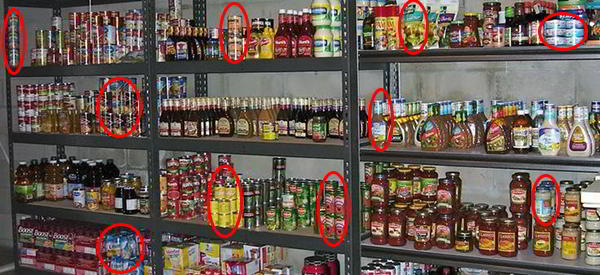




















There is a significant difference, at least in some cases, in how long a spice will last retaining its potency. I used to buy dried parsley, and usually threw it away after about a year, because it was pale and was as tasty as shredded grass. Several years ago I dehydrated a lush crop in a home dehydrator. I didn’t know what temperature to set it at, so I set it at 105, almost as low as it would go. It stayed bright green and tastes almost like fresh parsley after 6 years! My guess is that commercial operations need to get a lot of product as soon as possible, so use a higher temperature. This has also been my experience with basil. It’s worth the effort!
To: Curtis Lee (author of http://www.askaprepper.com/the-best-orac-foods-to-stockpile/ ). There is some content you may wish to add. Please contact me for the best way known to reduce oxidative stress (ie, excess free radicals) & the most extraordinary breakthrough in the history of medicine (per Washington State Univ)
What is it?
Yes, I would like to know as well.